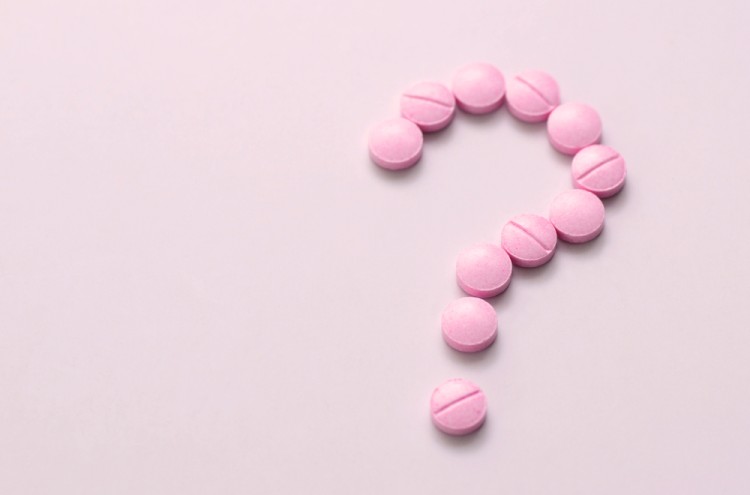Ellen asked
I am hoping you can answer exactly how Benadryl works. What is the mechanism of action? I have heard and read conflicting things.
At a glance
- Benadryl is a sedating antihistamine that works by competing with histamine for binding at H1-receptor sites.
Answer

Benadryl (diphenhydramine) is an antihistamine, which are divided into several classes, each with unique properties. Benadryl is in the ethanolamine class of antihistamines.
Antihistamines in the ethanolamine class (which also includes doxylamine, the active ingredient in NyQuil) are most well known for their anticholinergic (specifically anti-muscarinic) activity. This causes pronounced sedation in most individuals.
Additionally, due to its anticholinergic properties, Benadryl is effective in the relief of nausea, vomiting, and vertigo associated with motion sickness.
Newer antihistamines, such as Claritin and Allegra, don't have significant anticholinergic properties and don't tend to cause sedation.
Benadryl Mechanism Of Action

All antihistamines work in the same manner, by competing with free histamine for binding at H1-receptor sites. For this reason, antihistamines are also known as H1-antagonists. Antihistamines do not prevent the release of histamine.
As a side note, there are antihistamines that are H2-antagonists, such as Zantac and Pepcid. These work by blocking H2-receptors, mostly in the stomach and GI tract, which reduces acid secretion. For this article, we will use 'antihistamine' to refer to an H1-antagonist.
Benadryl competitively antagonizes the effects of histamine on H1-receptors in a variety of places in the body, including:
- GI tract
- Uterus
- Blood vessels
- Bronchial muscle
Preventing the binding of histamine to its respective receptors in the body makes it useful for suppressing inflammation, decreasing itching and reducing swelling, all of which are common symptoms of allergies.
As mentioned above, antihistamines have anticholinergic properties, but to varying degrees. This is a key differentiating factor as to why different antihistamines have different effects on individuals.
Benadryl, being an ethanolamine antihistamine, has far greater anticholinergic activity than do other antihistamines. This is why, in addition to allergy relief, Benadryl is useful for:
- Treatment of nausea/vomiting
- Treatment of motion sickness
- Treatment of insomnia (Benadryl is commonly used as a sleep aid)
While the anticholinergic activity of Benadryl can be beneficial, it is also responsible for many of its potential side effects, including:
- Dry eyes
- Dry mouth
- Constipation
- CNS depression
- Dizziness
- Movement disorders (rare)
- Cardiac abnormalities (rare)
Benadryl is also available in topical dosage forms, which provides local relief from:
- Insect bites
- Minor burns
- Minor abrasions
The topical effects are likely due to the antihistamine activity but also possibly due to a mild anesthetic effect resulting from the decreased transmission of nerve impulses.
References
- ClinicalKey: Diphenhydramine Monograph. ClinicalKey (Subscription Required)
- Diphenhydramine as an Alternative Local Anesthetic Agent. PubMed
- Efficacy of diphenhydramine vs desloratadine and placebo in patients with moderate-to-severe seasonal allergic rhinitis. PubMed
- Benadryl Prescribing Information. AccessFDA




